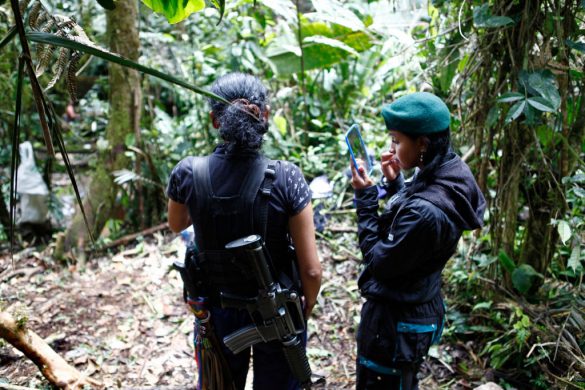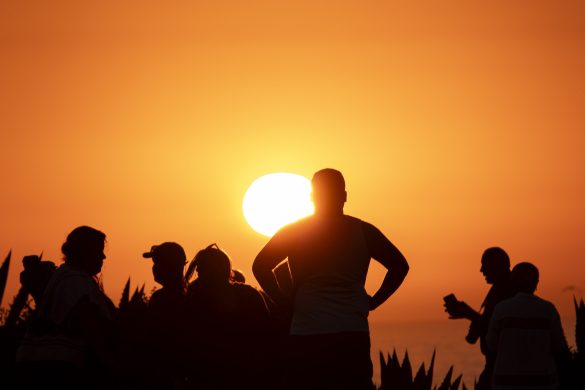International donors met in Khartoum, Sudans capital, Sunday to share impressions gathered during a five-day field trip across Africas largest country by seven teams as part of a United Nations inter-agency mission to give them an opportunity to see for themselves the complex situation on the ground.
– Nothing can compare to seeing the constraints, challenges and opportunities on the ground, said Secretary-General Kofi Annans Deputy Special Representative for Sudan, Manuel Aranda da Silva, adding: – Donors will be able to return to their headquarters fully appraised of the diverse and complex challenges Sudan faces – throughout the country.
Donors were struck by the extreme differences between regions: for example, in Darfur in the west, the massive humanitarian effort has achieved nearly all it can in the absence of a political solution to the conflict between the Government, allied militias and rebels which has killed tens of thousands of people and driven nearly 2 million from their homes.
In contrast, areas in southern Sudan, where a peace accord recently ended Africas longest civil war, are desperately in need of attention. Donors were able to note the high expectations of millions of internally displaced persons (IDPs) and refugees following the signing of the accord in January.
In the east, the lack of basic social services and endemic poverty has led to severe conditions, included alarming malnutrition rates, and increased support is needed.
The donors were also able see how repair of roads and railways and demining are key to ensuring free movement of both people and goods, as well as how continued threats to security and logistical constraints such as road conditions and travel permissions are hampering aid efforts.
Nearly three months into the year, donors have contributed 380 million US dollar out of nearly 1,5 billion dollar in total funds requested through the 2005 UN Work Plan for Sudan. These resources, however, have not been evenly balanced: more than 75 per cent has been for food assistance, primarily in the Darfur region.
The donor mission helped highlight these needs in areas of the country that have received less attention and support, as well as the continued efforts needed to resolve the situation in Darfur.
Kilde: FNs nyhedstjeneste















